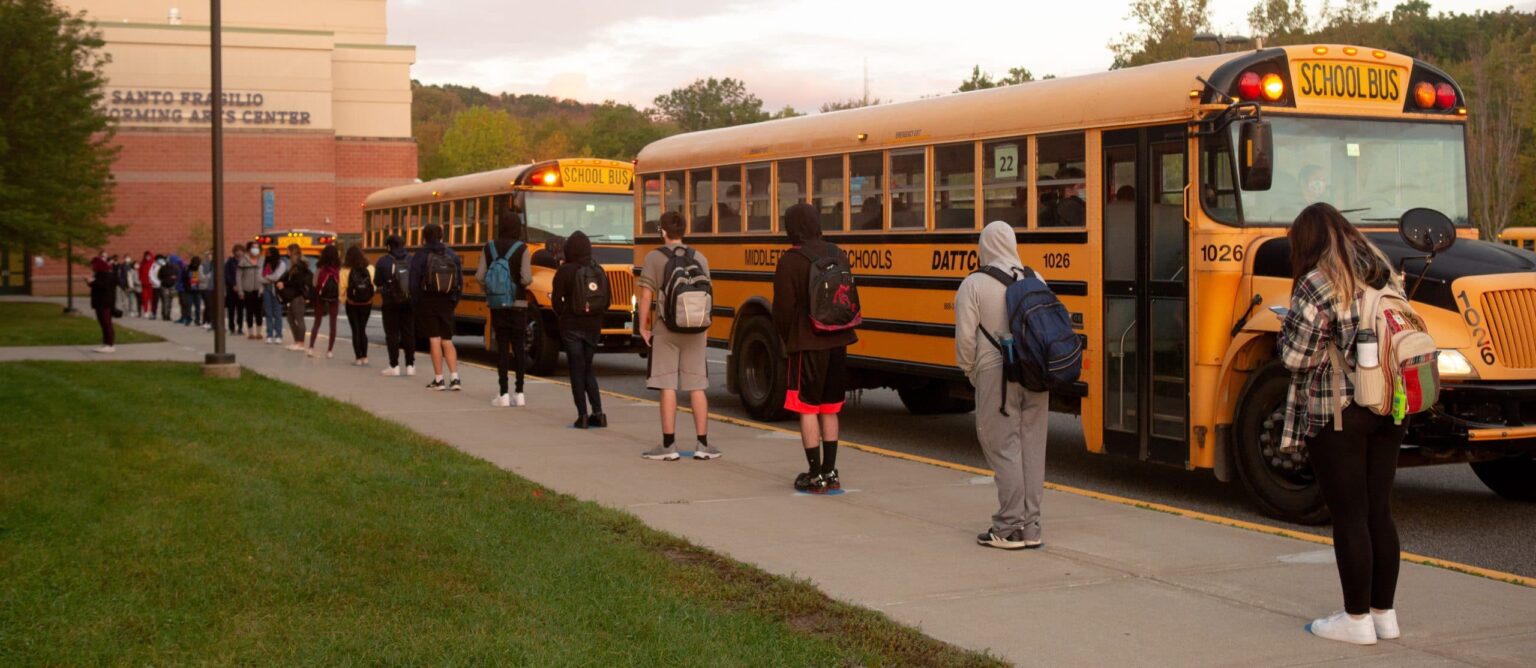A nationwide shortage of bus drivers is causing significant challenges in helping students get to school. Initial research into shortages among other Colorado districts suggests that statewide the shortage of bus drivers is around 30%. Some large school districts like Jefferson County are experiencing at least a 20% decrease in their workforce; according to a recent district presentation, only 64% of DPS’ bus driver positions are filled, leaving it short about 100 drivers.
These shortages are affecting students’ learning opportunities. As STRIVE Prep, a charter network in Denver, leaders explained it the network is experiencing late bus arrivals, students are having to spend over an hour on buses meaning tardiness or even missing classes.
“We’re not thrilled with the level of service our kids are experiencing” says Andrew Huber, STRIVE Prep Chief Operations Officer.
Though a lot of these transportation issues have to do with the pandemic, it’s important to clarify that current school district transportation systems have been inefficient and insufficient to meet the needs of Colorado students for several years now.
Denver Public Schools parent, Aissata Djiego confessed she’s been having transportation issues for several years. “We live in Green Valley Ranch and my daughters go to East High School, so you can imagine the long the drive.” She said while the school provides RTD passes that leaves her children to walk as long as 20 minutes from the house the bus stop, “I don’t want my kids walking home in the dark.” Aissata says that because of transportation issues both her kids have had to give up on their after-school activities.
Additionally, educators say there is a continued need for transportation to off-sit career and technical education programs, internships, apprenticeships and other career connected learning opportunities. Currently, Colorado does not provide equitable transportation access to career connected learning opportunities.

In rural areas like East Grand School Districts, where these career-connected learning opportunities can be up to 30 minutes away, transportation is the critical challenge. Superintendent Frank Reeves says though all routes are currently covered, district drivers are either retired or go to work after their morning routes, so it’s difficult to provide offsite transportation during the day.
A growing number of career-connected learning opportunities that take place off-site or in surrounding school districts require transportation. Some rural school districts like Peyton, Widefield, and others in the Colorado Springs area have partnered to offer transportation services to students so that they can access different CTE pathways.
Warren Tech in Jefferson County provides CTE courses to numerous surrounding rural school districts, such as Clear Creek. Districts are currently limited in the number of students they can serve because of limited transportation dollars and no incentives to help students from neighboring school districts. With more innovative transportation funds, more students could participate in high-quality career pathways.
Transportation system issues are affecting students’ class time, reducing participation in and out of school learning activities and perhaps most importantly limiting their experiential learning opportunities. As we continue to expand educational opportunities for low-income students, communities of color, and those who have been traditionally underserved, transportation systems need to be modernized and innovative to meet the unique educational needs of all students.

